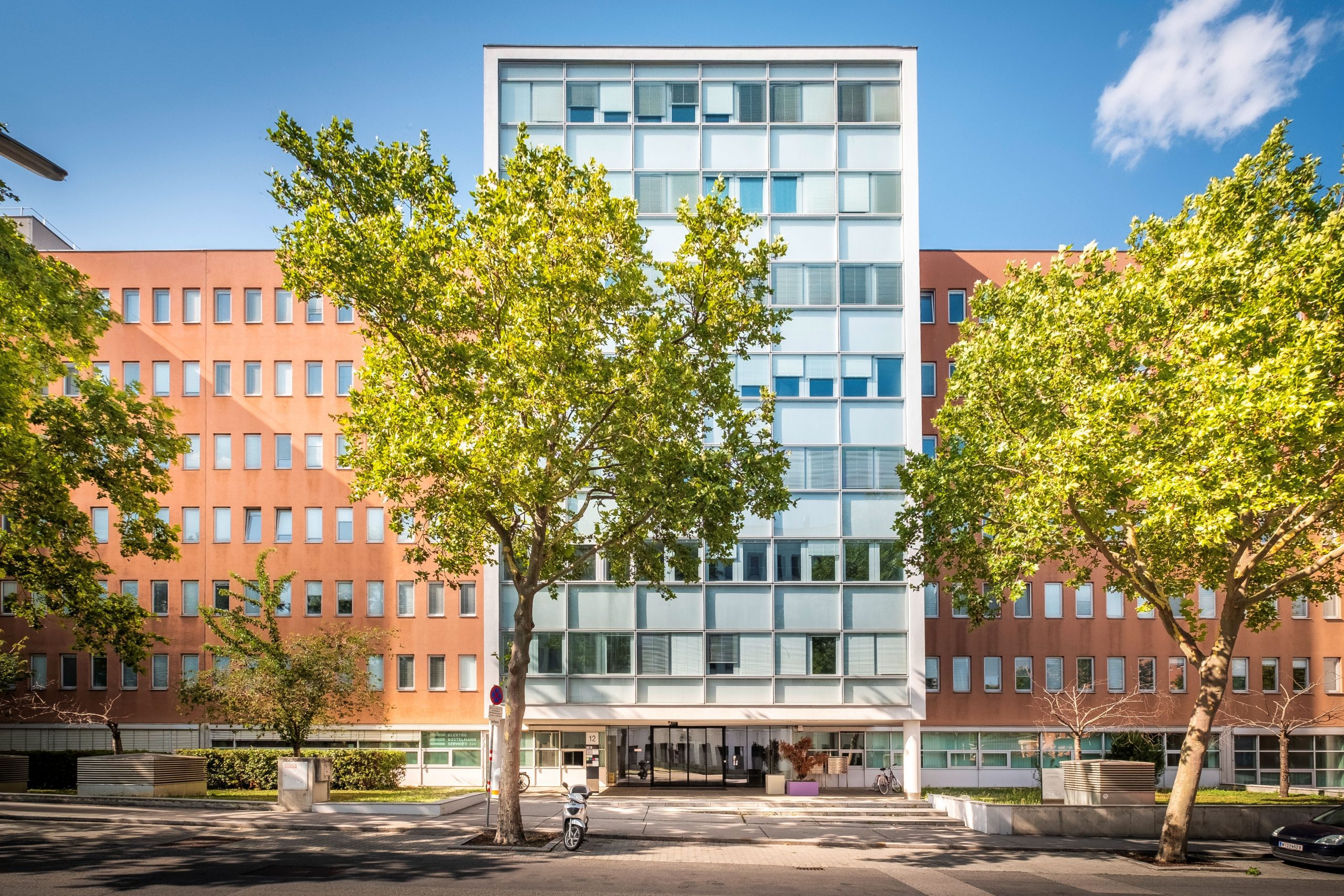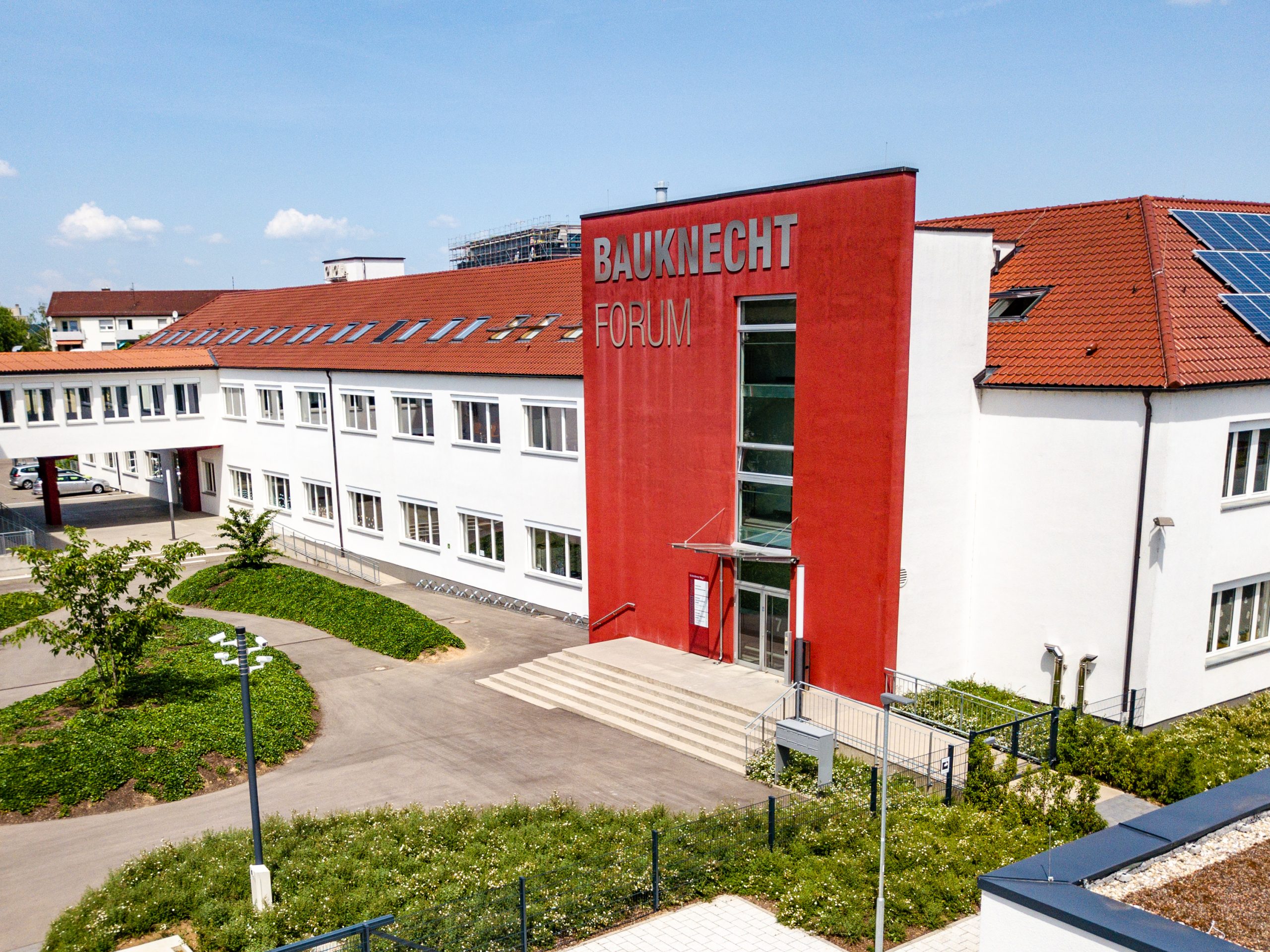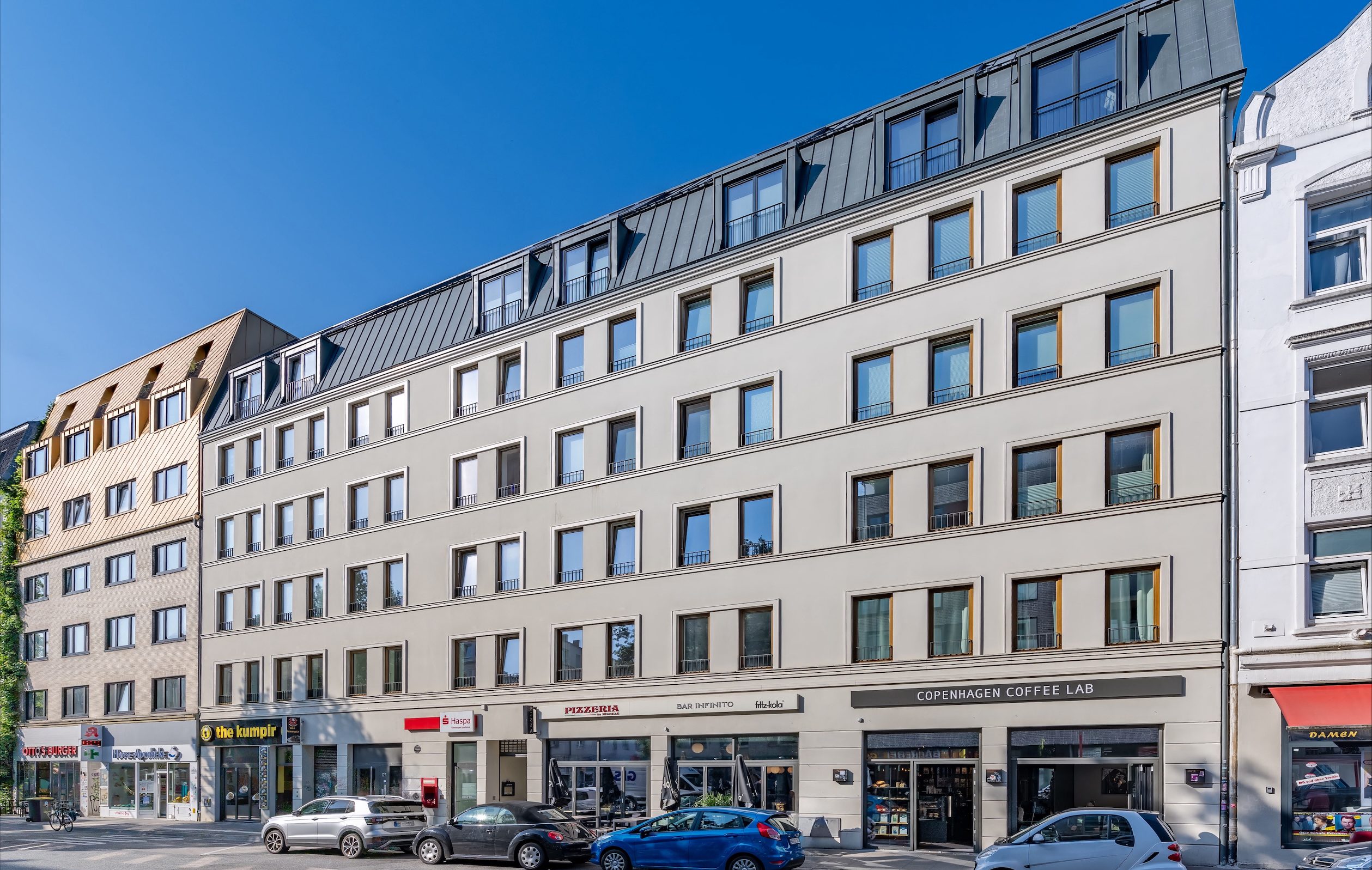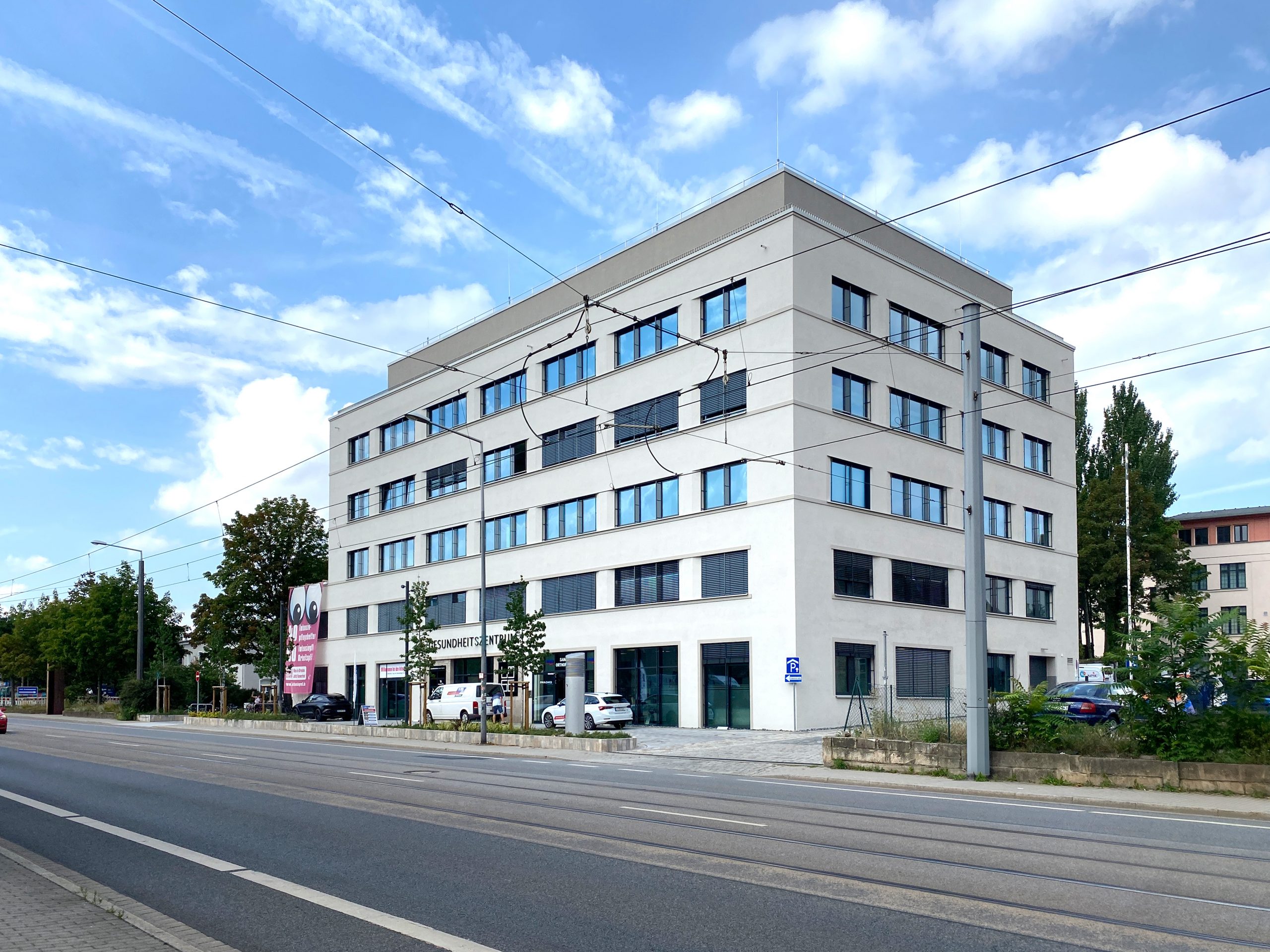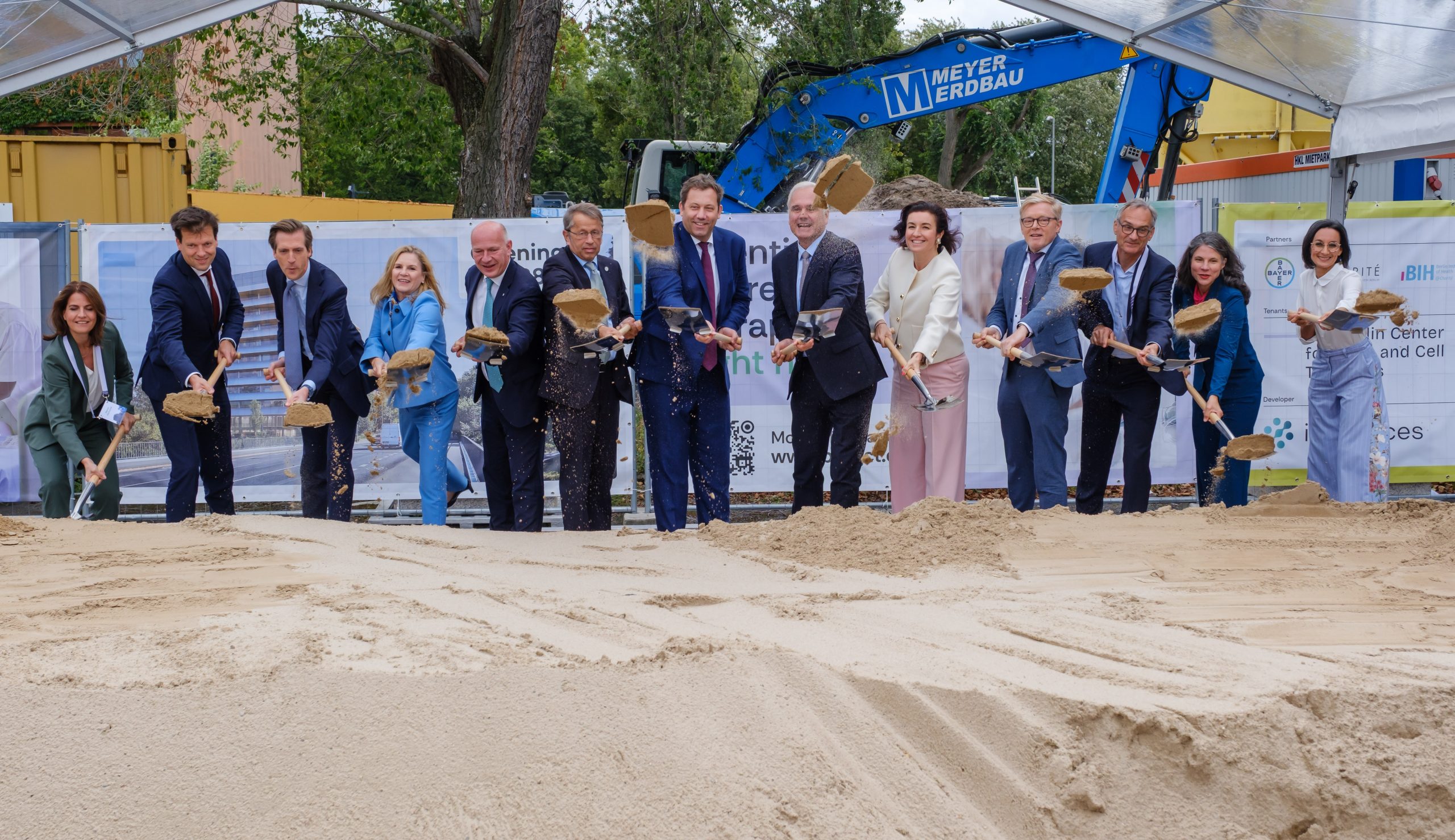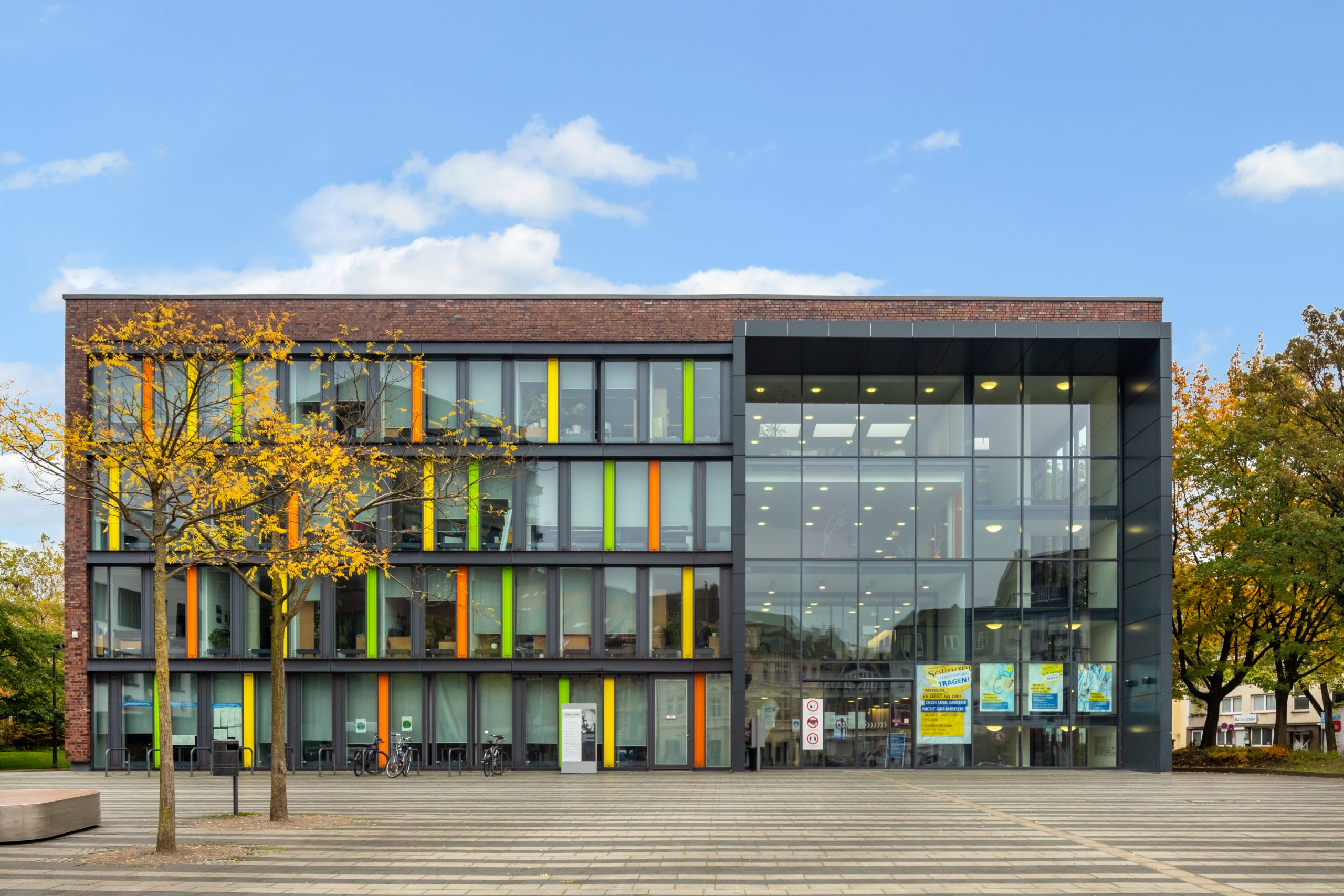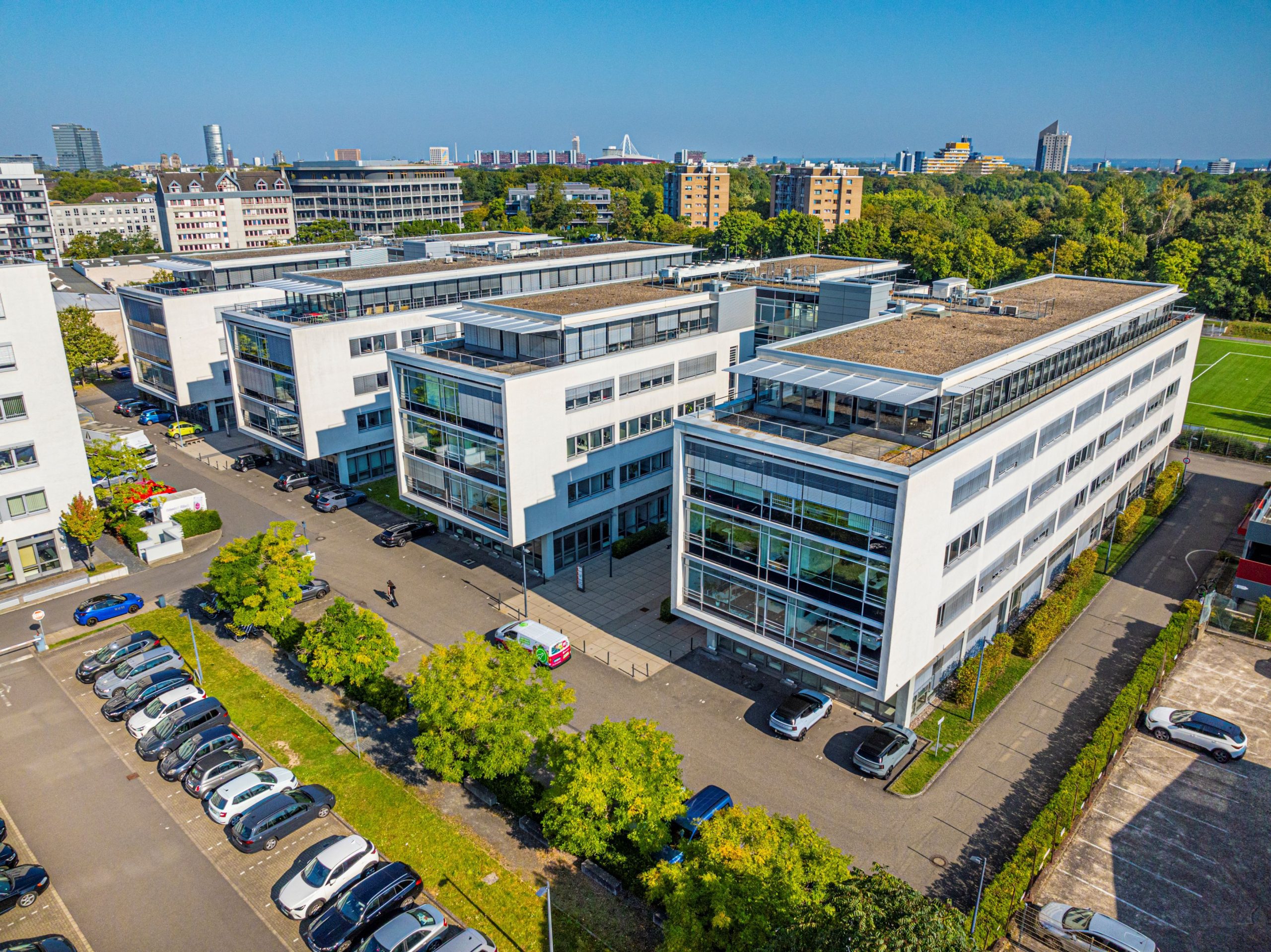Some banks are still sitting on bad loans
According to a recent survey by global real estate service provider CBRE, lenders in the professional real estate market in Europe are planning to expand their lending in 2025. Almost 80 percent of the institutions surveyed want to increase their activities – this also applies to Germany. In Europe, for example, a necessary financing volume of around 70 billion euros is expected for 2025. Refinancing is considered to be the main driver of demand – in Germany at 69 percent, even more so than in Europe as a whole (56 percent). In addition, 40 percent of respondents reported improved sentiment in several market sectors compared to the previous year. 143 companies took part in CBRE’s “2025 Lender Intentions Survey” conducted in March and April 2025, 67 of which are active in Germany. The entire report is available on the CBRE website available at this link .
Growth is particularly dynamic among non-bank lenders such as credit funds, insurers and investment banks. These groups expect a stronger expansion of lending than traditional banks – at least in Europe. In Germany, it is mainly the traditional banks that want to expand their lending. Almost 70 percent of respondents see geopolitical uncertainty as the biggest challenge for the European and German credit markets in the coming year – a significant increase compared to 37 percent in 2024.
Chris Gow, Head of Debt & Structured Finance Europe, in London, comments:
“This year’s survey, which took place just before ‘Liberation Day’, provided revealing results. Despite the tense geopolitical situation, which was cited as the biggest challenge by over 60 percent of respondents, the majority plan to further expand lending and underwriting. This expected increase in activity will increase liquidity in the market: lenders are increasing loan-to-value ratios and lowering margins in order to remain competitive.”
At the same time, some banks are still looking for solutions to the problematic loans on their books:
During the last boom phase, a great deal of investment was made in German assets at historically low interest rates, taking advantage of a lot of borrowed capital, the refinancing of which is now pending. Given the general economic situation, higher risks and a completely different interest rate environment, many of these assets and loans can no longer be refinanced in a comparable way. We expect that banks will continue to bring non-performing loans to the market, even if they are currently pursuing a strategy of ‘extension and restructuring’, but possibly less as NPL portfolios and more in single-solution strategies
With regard to the preferred asset classes, apartment buildings are in first place among lenders with 48 percent of the mentions (Germany: 46 percent). In the previous year, this sector shared the top position with the industrial sector, which now slips to second place and shares it with student housing, which is recorded in popularity at 40 percent. Hotels take third place with 39 percent, followed by retail with 36 percent.
Klann continues: “While the focus continues to be on the classic residential and logistics sectors, retail properties are making a comeback. Interest in data centers and infrastructure facilities is growing significantly, and there is even initial activity in the office segment again.”
For senior loans for prime real estate, most lenders are willing to provide financing with a loan-to-value ratio of 50 to 60 percent (Germany: 55 to 60 percent). The differences between the sectors are small, with the exception of apartment buildings, where loan-to-value ratios range between 52.5 percent and 65 percent (Germany: 60 to 65 percent). Data centers show a wider range of 50 to 65 percent, with the median being closer to 50 percent (Germany: 55 percent). Compared to 2024, the average loan-to-value ratios remained stable and moved by only one to two percentage points. Banks and non-banks reported comparable loan-to-value ratios overall, with a few exceptions: In the logistics sector, the median was 55 percent for banks and 60 percent for non-banks. In the data center sector, the opposite was true, with banks reporting an average rate of 60 percent, while non-banks reported 55 percent.
Sustainability has become firmly established in lenders’ underwriting strategies. Almost 50 percent of respondents in Europe say they will not grant loans if a property does not meet certain sustainability criteria. In Germany, the figure was almost 60 percent. In addition, 73 percent of lenders offer more favorable conditions or margin reductions for projects and properties that meet sustainability standards – and 61 percent in Germany.


